Your cart is currently empty!
The Grand Canyon Megafire is Still Growing and It’s Now So Out of Control It’s Making Its Own Weather
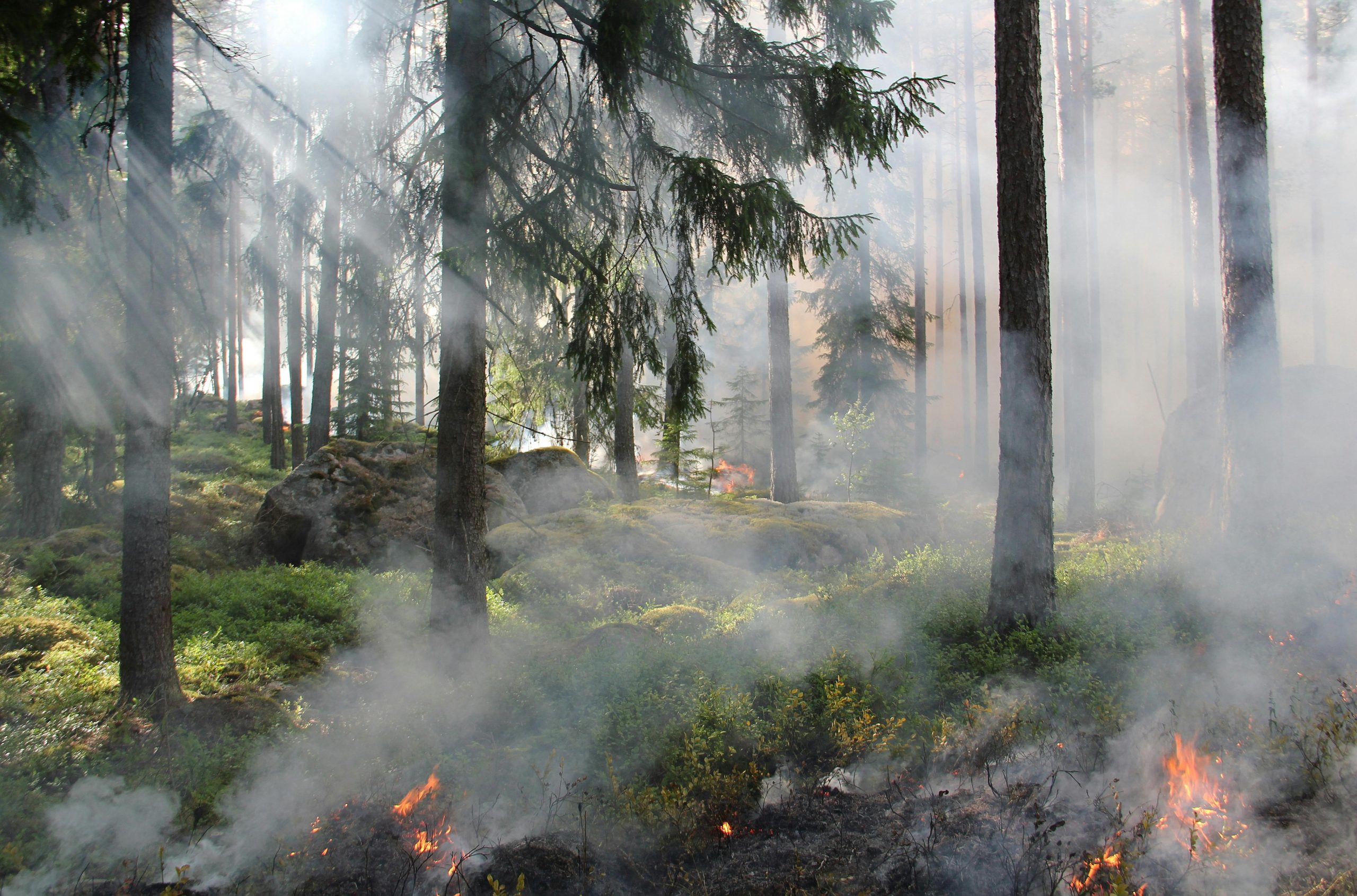
The Grand Canyon is a place where time feels eterna where wind and water have carved the earth for millions of years. But this summer, a very different force has been reshaping its North Rim: fire. Since a single lightning strike on Independence Day, the Dragon Bravo Fire has grown so vast and fierce that it now creates its own weather, summoning towering clouds and erratic winds as if conjured from another world.
It is not just the largest wildfire currently burning in the lower 48 states it is a “megafire,” a rare category that accounts for only about 3% of all wildfires yet consumes the majority of the land lost to fire each year. In mere days, flames have doubled their reach, fueled by brush so parched it burns faster than kiln-dried lumber. Centuries-old landmarks, beloved lodges, and entire ecosystems have been reduced to ash. And still, the fire grows.
Against this backdrop of beauty and destruction, firefighters battle not only the flames but the atmosphere itself a contest between human endurance and nature’s most volatile moods.
A Fire of Historic Proportions
The Dragon Bravo Fire has crossed a threshold few blazes ever reach. Now consuming over 130,000 acres of the Grand Canyon’s North Rim, it stands among the rare “megafires” that burn more than 100,000 acres events so infrequent they account for just 3% of U.S. wildfires, yet are responsible for most of the land lost each year.
Its growth has been staggering. When the flames breached the megafire threshold, they spread at a pace that left seasoned fire crews scrambling to keep up doubling in size within a matter of days. What began as a lightning strike on July 4 has evolved into the largest wildfire of the year in the lower 48 states, surpassing even Oregon’s Cram Fire.
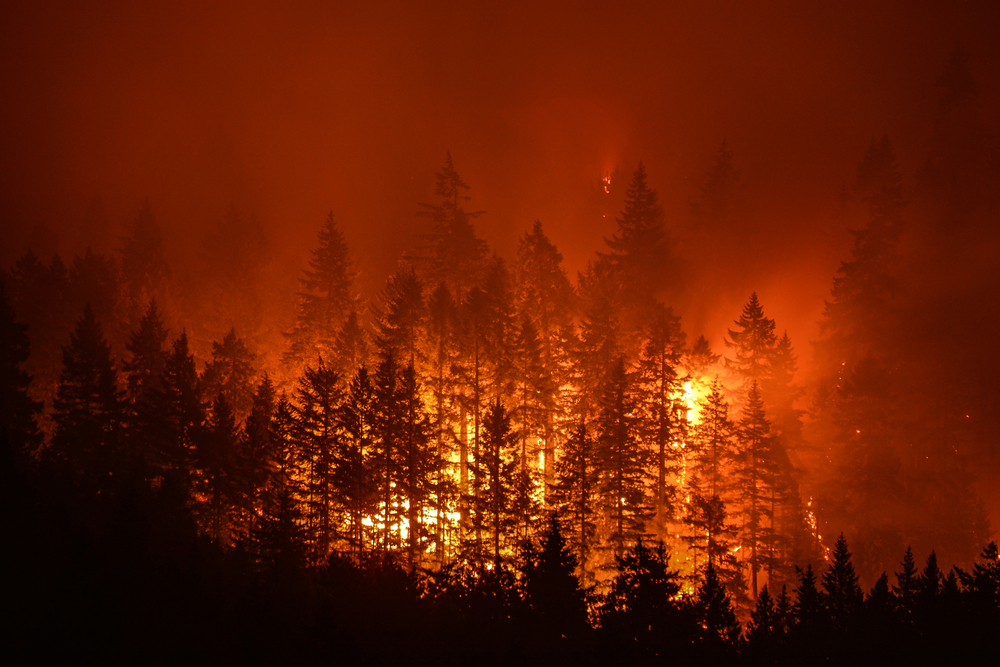
Several factors converged to fuel this explosive expansion. Weeks of extreme heat and humidity levels low enough to desiccate vegetation beyond kiln-dried dryness created a perfect ignition environment. Brush and grass ignited on contact, while wind gusts of 20 to 30 mph pushed flames over ridges and into new terrain. Fire crews, who at one point had containment up to 26%, have since watched that progress slip to around 13% as shifting winds and oppressive heat reignited vulnerable lines.
The scale of the fire is not just a matter of numbers it’s reshaping the cultural and natural landscape. The historic Grand Canyon Lodge, built in 1937, has been reduced to rubble. At least 70 other structures, from park visitor centers to cabins, have been lost. With the North Rim now closed for the rest of the 2025 season, both the park’s history and its immediate future are being rewritten in smoke and ash.
How Wildfires Create Their Own Weather
On certain afternoons along the North Rim, the Dragon Bravo Fire appears to be summoning a storm from within itself. Towering, billowing clouds white at their tops, smudged with ash at their bases rise straight out of the flames. These are pyrocumulus clouds, sometimes called “fire clouds,” and they form when heat from a blaze is so intense it pushes massive volumes of hot air skyward. As that air rapidly rises, it cools, condenses moisture, and creates a cloud that seems to hover directly above the fire’s core.
In extreme cases, these clouds evolve into pyrocumulonimbus formations essentially fire-driven thunderstorms. According to the National Oceanic and Atmospheric Administration (NOAA), such systems can generate lightning, heavy downdrafts, and turbulent wind shifts capable of fanning flames in unpredictable directions. This makes firefighting exponentially more dangerous, as new spot fires can ignite miles away from the main blaze, sometimes leaping over firebreaks that had taken days to secure.
The Dragon Bravo Fire has produced pyrocumulus clouds for at least seven consecutive days, a sign of its sustained, high-intensity heat output. Even without visible clouds, the heat column can create localized wind gusts, adding chaos to an already volatile environment. These conditions can be self-perpetuating: fire creates wind, wind accelerates fire spread, and each new ignition adds more heat to the system.
This phenomenon is not unique to Arizona Australia’s catastrophic 2019–2020 bushfires and California’s 2021 Dixie Fire both spawned pyrocumulonimbus events—but its presence here underscores just how far beyond ordinary wildfire behavior the Dragon Bravo Fire has gone. For those battling it, the fight isn’t just against flames, but against an atmosphere reshaped by the fire itself.
The Human and Cultural Toll
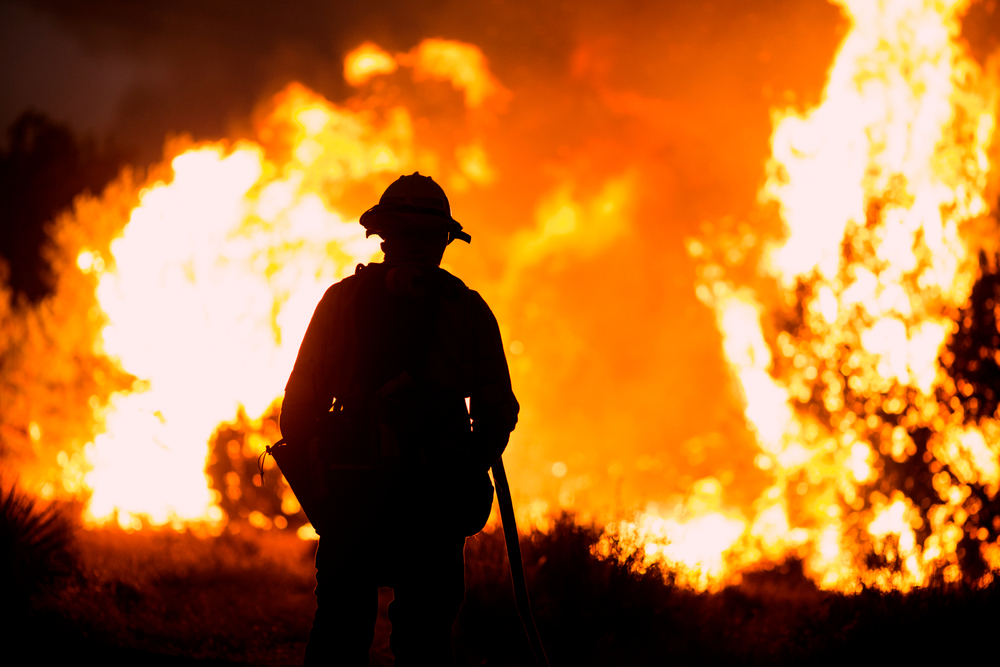
For those who live, work, or seek refuge in the Grand Canyon’s North Rim, the Dragon Bravo Fire has been more than a distant spectacle it has been a direct assault on their homes, livelihoods, and history. The most symbolic loss came in mid-July when flames tore through the Grand Canyon Lodge, a National Historic Landmark and the only in-park lodging on the North Rim. Built in 1937, the stone-and-timber structure had welcomed generations of travelers, its rustic charm a bridge between modern visitors and the canyon’s enduring past. Now, it is reduced to charred beams and rubble.
The destruction extends far beyond a single building. At least 70 other structures including cabins, the North Rim Visitor Center, and maintenance facilities have been lost. For many seasonal workers and residents of nearby Fredonia, these were not just workplaces but community anchors. The town’s mayor declared a local emergency, citing the compounded stress of evacuations, economic disruption, and uncertainty over what the coming weeks might bring.
Some threats remain painfully close. The historic Kaibab Lodge in Fredonia, built in 1926 and just nine miles from the North Rim Lookout Tower, is still standing but only because crews have worked tirelessly to shield it from advancing flames. “Just say a prayer,” owner Larry Innes told local reporters, reflecting the helplessness of watching a century-old legacy hang on shifting wind patterns.
Ecological and Environmental Impact
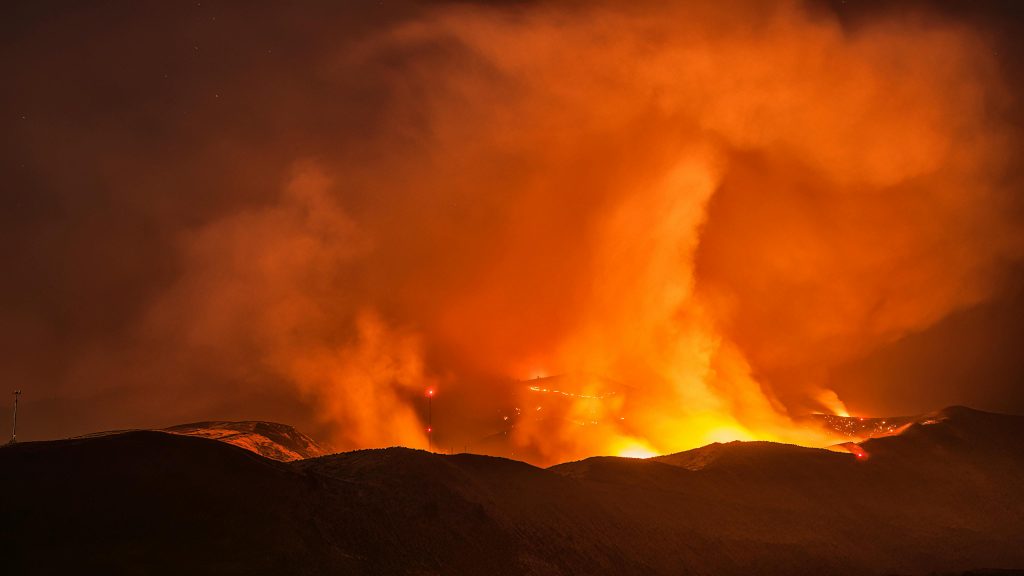
One of the most significant concerns is the impact on the local watershed. Vegetation loss makes soil vulnerable to erosion, especially during monsoon rains that can send sediment cascading into streams and the Colorado River. This not only disrupts aquatic ecosystems but also threatens water quality downstream a ripple effect that can extend far beyond the fire’s immediate perimeter.
While fire is a natural and necessary force in many ecosystems, the scale and heat of megafires can push landscapes past their ability to recover naturally. The intense burn scars left by the Dragon Bravo Fire may inhibit seed germination and make way for invasive plant species, which can alter fire cycles and further stress native flora and fauna. Scientists warn that as climate change fuels hotter, drier conditions across the Southwest, such high-intensity burns are likely to become more frequent, undermining the regenerative rhythms that once defined this region’s fire ecology.
For the Grand Canyon, the path to ecological stability will be long and uneven. Forest regrowth in high-elevation areas can take decades, and some habitats may never return to their previous state. In the meantime, park ecologists, conservation groups, and land managers face the challenge of balancing restoration efforts with the ongoing threat of future fires an urgent task in an era when fire seasons no longer have clear beginnings or ends.
Containment Challenges and Strategy

Containing a megafire in the Grand Canyon’s North Rim is not just a matter of manpower it is a test of endurance, timing, and precision in one of the most challenging firefighting environments in the country. Since the Dragon Bravo Fire began on July 4, more than 1,300 personnel have been deployed, including ground crews, air tankers, and helicopter units. At its highest point, containment reached 26%, but relentless heat, high winds, and low humidity quickly eroded that progress. As of recent updates, the fire stands at roughly 13% contained.
The terrain is both a natural fortress and a formidable obstacle. Steep canyon walls, dense forests, and remote plateaus make it nearly impossible to establish continuous containment lines. Crews often have to hike miles carrying heavy gear just to reach active fire zones, and even then, shifting winds can render hours of work ineffective within minutes. In certain areas, firefighters have relied on “indirect attack” strategies setting backfires or using natural barriers to steer flames away from vulnerable structures and toward zones where they can be more easily managed.
Early in its ignition, the fire was managed as a controlled burn to reduce hazardous fuels, a decision intended to let the fire play its ecological role under monitored conditions. But within a week, weather conditions tipped the balance, and the fire surged beyond the boundaries set by crews. That shift has prompted scrutiny: Arizona Governor Katie Hobbs has called for a federal investigation into whether initial management decisions contributed to the scale of the disaster.
Current tactics focus on an “aggressive full suppression strategy,” with crews reinforcing existing fire lines, clearing vegetation ahead of the flames, and using aerial water and retardant drops to slow its spread. However, the fire’s ability to generate its own weather and the extreme heat forecast through at least early next week means even the most coordinated efforts remain at the mercy of nature. For the firefighters on the line, each day is a race to stay ahead of a fire that moves faster than most containment plans can adapt.
America’s Wildfire Crisis
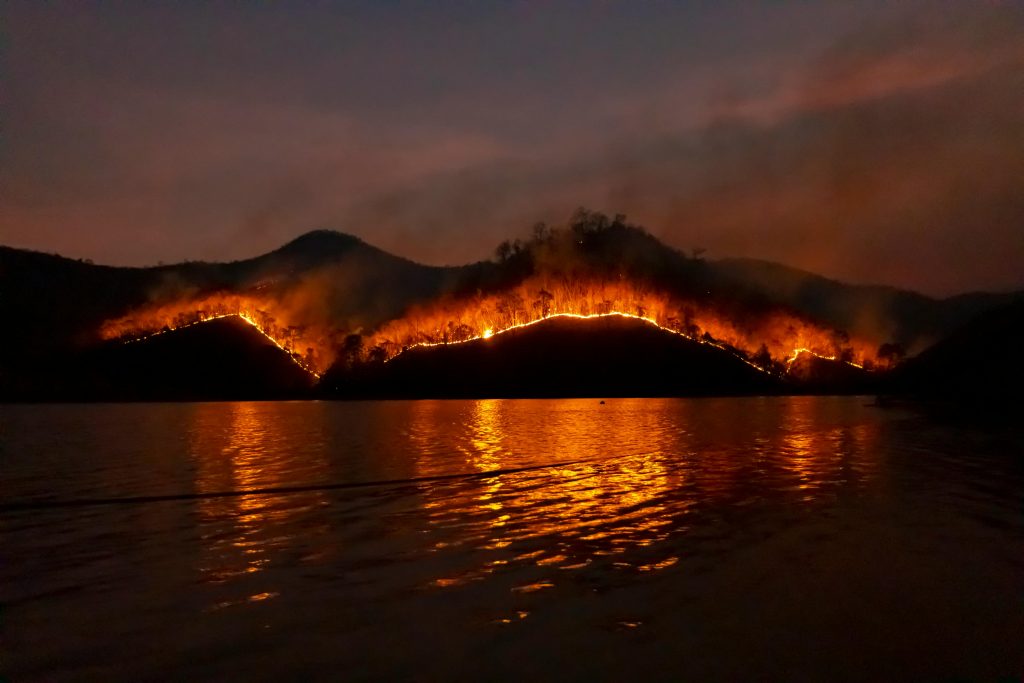
The Dragon Bravo Fire is not an isolated catastrophe it is part of a troubling pattern that has been intensifying across the United States. Over the past two decades, the size, frequency, and severity of wildfires have surged, particularly in the West. Data from the National Interagency Fire Center (NIFC) show that the number of large fires those exceeding 100,000 acres has more than doubled since the 1990s. While only about 3% of all wildfires reach “megafire” status, they now account for the majority of total acreage burned each year.
Several factors have converged to create this crisis. Prolonged droughts, driven in part by climate change, have left vegetation across much of the West bone-dry for longer stretches of the year. Rising average temperatures lengthen the fire season, which now often stretches into late autumn. Meanwhile, decades of fire suppression have allowed fuel loads dense underbrush, dead trees, and unmanaged forests to accumulate, creating the perfect conditions for fast-moving, high-intensity fires.
This year’s wildfire season is far from over. Forecasts from the NIFC show the western U.S. will remain a major wildfire hotspot through at least September, with Arizona, California, Oregon, and parts of Nevada facing elevated risk. Even as the Dragon Bravo Fire dominates headlines, other large blazes the Kirkland Fire near Prescott, the Billy Fire near Young, and the White Sage Fire southeast of Fredonia—are also demanding resources and attention.
Historically, wildfire was a natural force that maintained healthy ecosystems, clearing undergrowth and stimulating regrowth. But the new era of megafires has shifted that balance, turning what was once a cyclical process into a destructive phenomenon that threatens both human communities and ecological stability. The Grand Canyon’s megafire is a dramatic case study in this shift one that underscores how quickly a local ignition can escalate into a national crisis when the environmental, climatic, and fuel conditions align.
Preparing for a Future with More Megafires
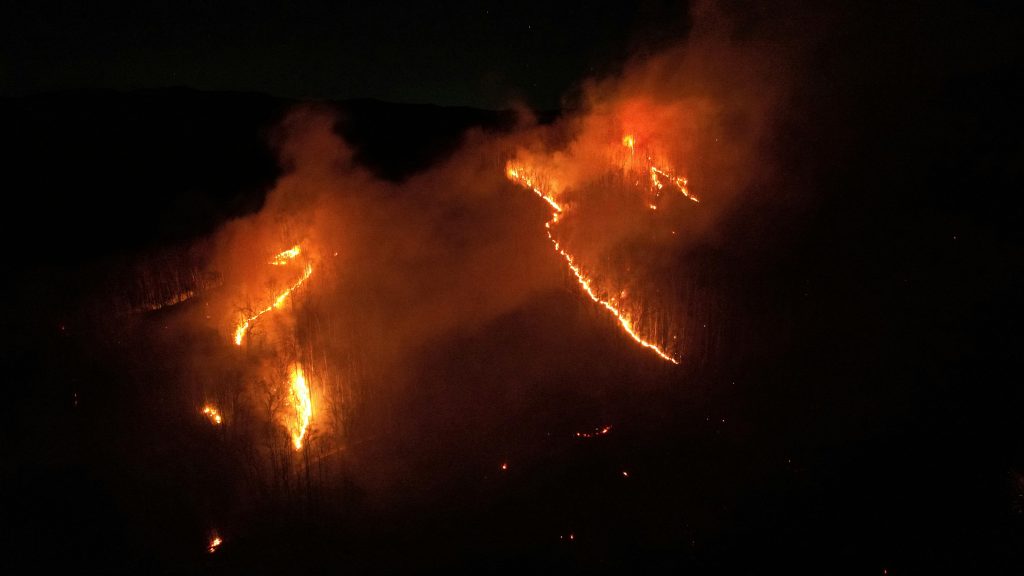
The Dragon Bravo Fire is a warning written in smoke and flame: megafires are no longer rare anomalies, but increasingly common features of the American West. As climate patterns shift and fire seasons stretch longer each year, communities, governments, and individuals will need to adapt to a new reality one where preparedness is as essential as response.
For policymakers, this means rethinking fire management from the ground up. Experts point to the need for proactive vegetation management clearing overgrown underbrush, thinning overly dense forests, and using prescribed burns under safe conditions to reduce fuel loads. Expanding early detection systems, such as high-resolution satellite monitoring and AI-powered fire mapping, can help crews respond before a small ignition becomes an unstoppable front. Funding must also match the growing threat: more resources for year-round firefighting teams, improved training for extreme fire behavior, and robust support for recovery and rebuilding.
For communities, resilience starts at the property line. Creating defensible space clearing flammable materials within at least 30 feet of homes, installing ember-resistant vents, and choosing fire-resistant building materials can mean the difference between survival and loss. Local fire-adapted community programs, which combine public education with coordinated evacuation planning, have shown measurable success in reducing losses during major fires.
On an individual level, preparation can be deeply practical: maintaining an emergency kit, keeping evacuation routes clear, and staying informed during high-risk weather periods. But it also means engaging in the bigger conversation supporting climate mitigation policies, advocating for sustainable land management, and contributing to relief and recovery efforts for communities hit hardest.
A Wake-Up Call for a Warming World

The story of the Dragon Bravo Fire is not just about acres burned or buildings lost it is about the collision between a changing climate, decades of land management decisions, and the sheer unpredictability of nature. It has erased cherished landmarks, tested the limits of firefighting, and reshaped the landscape of one of the world’s most iconic natural wonders.
But it is also a story about foresight and choice. We cannot control where lightning will strike or when the wind will shift, but we can control how we prepare for the fires that will inevitably come. From the policies crafted in government chambers to the brush cleared in a backyard, every action contributes to a collective line of defense.
When the last embers of the Dragon Bravo Fire cool, the Grand Canyon will still stand scarred, but enduring. Whether the scars left on our fire management systems and climate policies heal as well will depend on how seriously we take this moment. The canyon has withstood eons of change. The question is whether we can adapt quickly enough to protect it, and ourselves, in the age of megafires.
